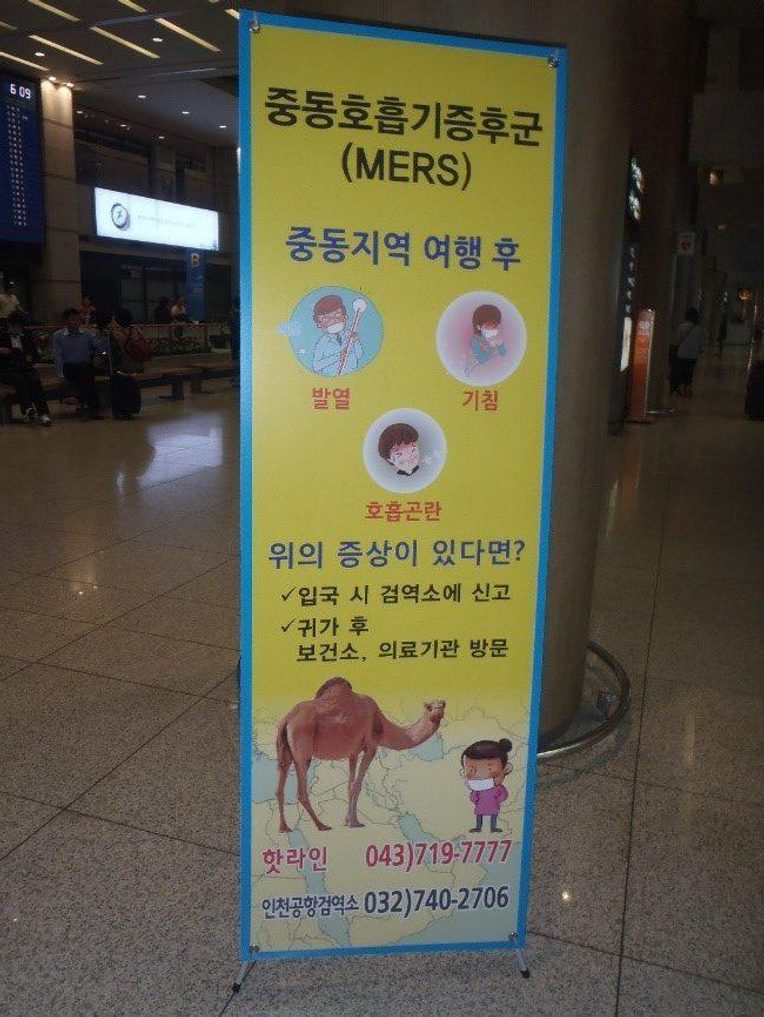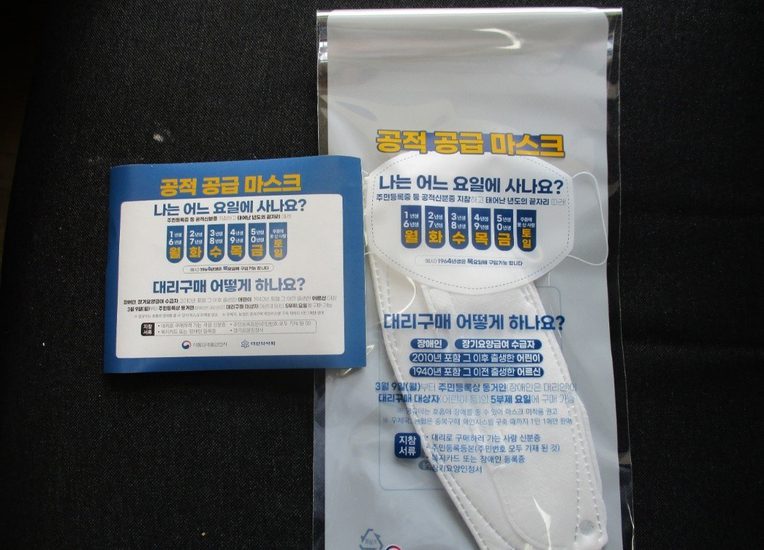Weighing Privacy Concerns: South Korean Public Health during Covid-19
From the Series: Responding to an Unfolding Pandemic: Asian Medicines and Covid-19
From the Series: Responding to an Unfolding Pandemic: Asian Medicines and Covid-19

One of the more conspicuous developments of the Covid-19 crisis has been the performance of East and Southeast Asian public health systems, with Taiwan, Singapore, and South Korea among those receiving frequent praise. The Korean case is particularly revealing. The MERS (Middle East Respiratory Syndrome) outbreak of 2015 (Figure 1) caught the nation off-guard, resulting in thirty-eight deaths, and a harsh backlash of domestic criticism. This experience, along with a need to respond to SARS (Severe Acute Respiratory Syndrome) less than two decades previously (2003), has proven to be a critical factor in motivating a rapid response to Covid-19. At the same time, circumstances in South Korea, with the majority of the country’s estimated ten thousand cases (as of early April) based in the southeastern city of Daegu, also reflect a highly specific set of tensions typifying the style of regionalism linked with the nation’s politics. Once the government determined that the Shincheonji (신천지) Church had been conducting its mission work in China in the fall of 2019, it chose to respond, but at the same time, there was a corresponding desire to avoid claims of targeting the church, casting it as a villain.
These state–church tensions with Republic of Korea (ROK) President Moon Jae-in have a great deal to do with the complex demographics of South Korea’s electoral politics. Having arrived in office in 2017 following the removal of his predecessor, President Park Geun-hye, Moon has often been criticized by elderly, religious voters—indeed, protests at Gwanghwamun (downtown Seoul) have become a common feature of daily life. With the first cases of Covid-19 appearing on January 20, 2020, followed by the large cluster associated with the church in mid-February, people immediately speculated that the state was trying to craft a narrative convenient to suit its purposes. In fact, other church clusters in addition to this one have been located, such as the outbreak associated with the River of Grace Church. and its use of shared salt water among members. It is not surprising that communal meetings, with a Pentecostal style of hand shaking, physical contact, and large congregations, might prove fertile ground for spread of the virus. The administration found itself having to adopt caution when approaching one of South Korea’s most vibrant groups, an extremely diverse and socially active Protestant community, comprising a significant portion of the population.
Given these delicate circumstances, South Korean health administrators have taken a series of proactive measures, with some of them now being emulated by other countries. Following MERS in the summer of 2015, in which a male patient broke quarantine, the system sought to identify and track disease in a much more rigorous fashion. In the present case, South Korea offers mobile and drive-in testing locations for the virus, thereby providing protection to drivers and health personnel. Its testing numbers have been some of the highest in the world, with the kits for identifying Covid-19 fast-tracked for manufacture and distribution. Masks can be easily purchased through a distribution system according to one’s year of birth (see Figure 2). And perhaps most controversially, the nation’s wired infrastructure has been used to incorporate contact-tracing, allowing officials to identify individuals with whom an infected person has come in contact: this includes the use of credit card data and recent purchases to follow movements. For Shincheonji members, an organization which tends to guard its anonymity, with fears of social stigma, this practice meant an obligation to submit a list of names to the government. In a nation with one of the world’s highest rates of internet penetration, these selective uses of technology reflect a dilemma of the Covid-19 moment, with some privacy advocates fearing that the priority ceded to public health may normalize new levels of state surveillance.
Beyond the immediate context of epidemic disease, the South Korean public health system has only recently started to provide some form of national health coverage, starting in the late 1980s and early 1990s, as part of state–society negotiations following democratization (1987). Previously (1963–1989), such coverage existed on paper, but in practice reached a minority of the population, as white-collar workers at elite companies represented a select demographic. Moreover, the core of the South Korean health system was formed in the context of two wars—Korea (1950–1953) and Vietnam (1964–1973)—with many Korean doctors and nurses receiving their first international training in these types of conflict settings. National public health campaigns targeting specific problems—tuberculosis, reproduction, parasites—characterized much of the period associated with President Park Chung-hee (1961–1979), meaning that the bodies of citizens and the welfare of the state became closely intertwined as a key metric, and as a means of promoting developmental aims (Jung and Kim 2018).
As South Korea attracts global attention, especially for its ability to contain the number of Covid-19 cases overall, and a low number of deaths, this well-deserved praise has to be placed in a wider context. Journalists have been appealing to simplistic explanations such as “Confucian” ideology or “communal values,” without necessarily understanding the genealogy of the Korean public health system, especially its adaptations since the rise of epidemic disease associated with SARS. This is a public health system which originated in contingency, and which has handled previous emergency situations, while providing overseas assistance to partners since the late 1960s (Harrison and Yim 2017). In the present context, the question is whether the heightened tensions raised by these privacy concerns will grow; and indeed, there has been domestic pushback over the figures reported by the Moon government, with upcoming elections to be held in mid-April. The question here is not so much concerning an issue of the public health approach, but rather, as to the ethics of the Moon government seeking to capitalize upon the work of health-care personnel.

Harrison, Mark, and Sung Vin Yim. 2017. “War on Two Fronts: The Fight against Parasites in Korea and Vietnam.” Medical History 61, no. 3: 401–23.
Jung, Junho, and Ock-Joo Kim. 2018. “‘It All Started from Worms’: Korea-Japan Parasite Control Cooperation and Asian Network, 1960s–1980s.” Korean Journal of Medical History 27, no. 1: 49–88.